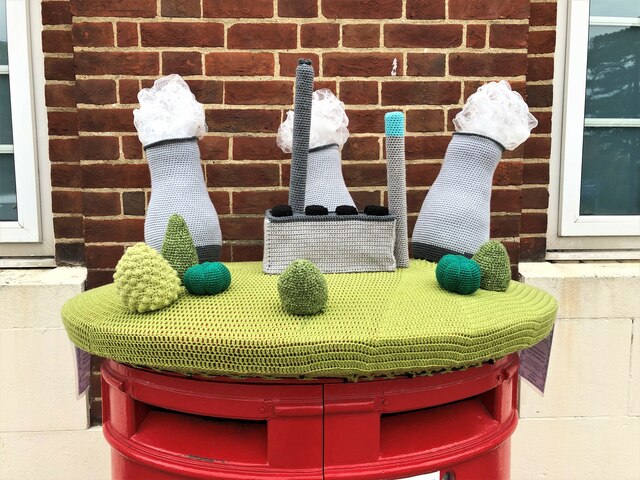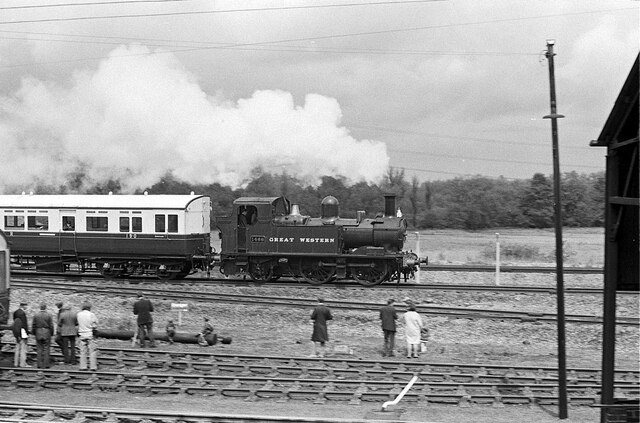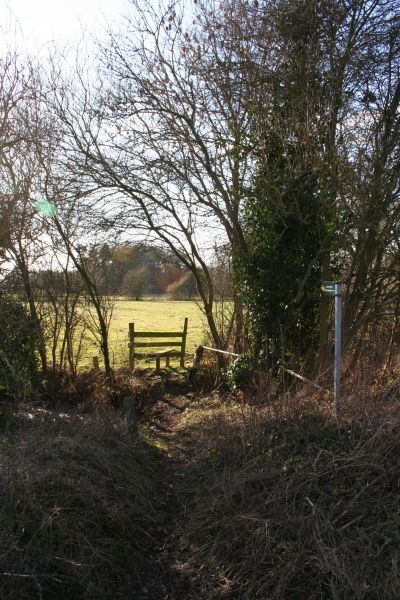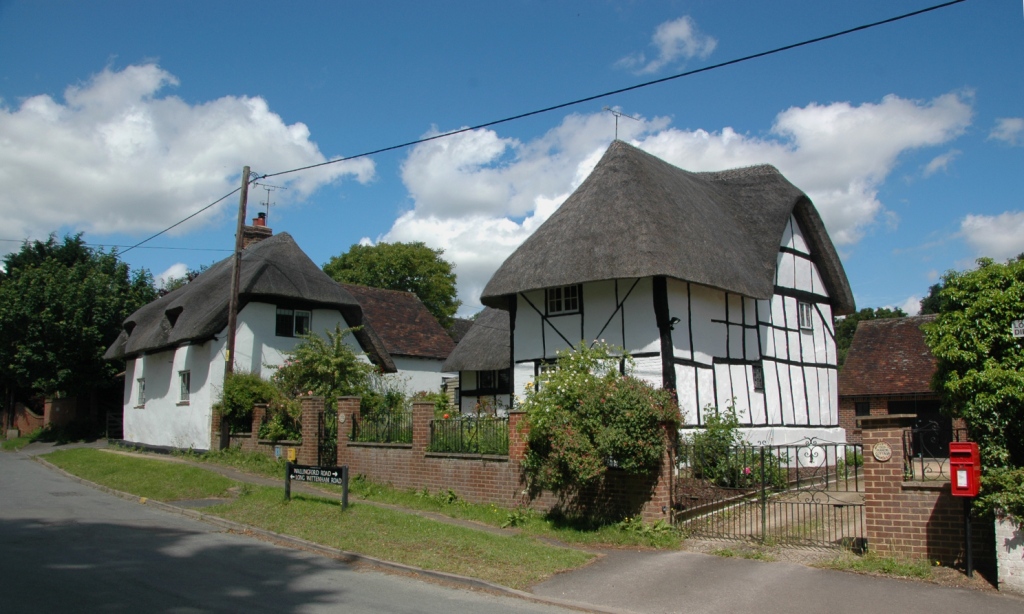Fulscot Copse
Wood, Forest in Berkshire South Oxfordshire
England
Fulscot Copse

Fulscot Copse is a beautiful woodland area located in Berkshire, England. Covering approximately 20 acres, it is a captivating natural retreat that offers a serene and peaceful environment for visitors to enjoy. The copse is situated near the village of Fulscot, surrounded by rolling hills and picturesque countryside.
The woodland is primarily composed of mature oak and beech trees, which create a dense canopy that provides shade and shelter for a variety of flora and fauna. Wandering through the copse, one can find a diverse range of plant species, including bluebells, wild garlic, and ferns, contributing to its enchanting atmosphere.
Fulscot Copse is a haven for wildlife enthusiasts, as it is home to various bird species such as woodpeckers, owls, and thrushes. Mammals like foxes, badgers, and deer can also be spotted within the woodland, adding to its natural charm.
In addition to its ecological significance, the copse offers recreational opportunities for visitors. There are well-maintained walking trails that wind through the trees, allowing for leisurely strolls or more challenging hikes. The peaceful ambiance and stunning views make it an ideal location for nature photography, picnicking, or simply unwinding amidst the tranquility of the forest.
Fulscot Copse is a valuable natural resource and an important ecosystem in Berkshire. Its preservation and conservation efforts ensure that future generations can continue to appreciate its beauty and ecological importance.
If you have any feedback on the listing, please let us know in the comments section below.
Fulscot Copse Images
Images are sourced within 2km of 51.605741/-1.2174071 or Grid Reference SU5489. Thanks to Geograph Open Source API. All images are credited.
!['Pendennis Castle' at Didcot Railway Centre In steam on this occasion double heading trains running up and down a short section of line at Didcot Railway Centre for the benefit of visitors. Number 4079 was built at Swindon in 1924 and was number 7 out of 171 Castles produced between 1923 and 1950. These 4-6-0 express locomotives were one of the most successful ever built, and in 1925 Pendennis Castle took part in trials on the LNER main line out of Kings Cross outperforming the larger LNER 4-6-2 Pacifics [eg 'Flying Scotsman'] on the east coast main line. Seen here double heading with 'Lady of Legend'.](https://s3.geograph.org.uk/geophotos/07/30/67/7306723_93a459de.jpg)










Fulscot Copse is located at Grid Ref: SU5489 (Lat: 51.605741, Lng: -1.2174071)
Administrative County: Oxfordshire
District: South Oxfordshire
Police Authority: Thames Valley
What 3 Words
///thinker.roadshow.flats. Near Didcot, Oxfordshire
Nearby Locations
Related Wikis
Fulscot
Fulscot is a hamlet in South Moreton civil parish in South Oxfordshire, about 0.5 miles (800 m) west of the village. In 1974 it was transferred from Berkshire...
British Airways Flight 5390
British Airways Flight 5390 was a flight from Birmingham Airport in England for Málaga Airport in Spain. On 10 June 1990, the BAC One-Eleven 528FL suffered...
Didcot
Didcot ( DID-kot, -kət) is a railway town and civil parish in the ceremonial county of Oxfordshire and the historic county of Berkshire. Didcot is 15...
St Birinus School
St Birinus School, previously known as Didcot Boy's County Modern and Didcot Senior Boys, is a boys' academy in Didcot, Oxfordshire, England. St Birinus...
Didcot Town F.C.
Didcot Town Football Club are a football club based in Didcot in Oxfordshire, England. The club is affiliated to the Berks & Bucks Football Association...
North Moreton
North Moreton is a village and civil parish about 2 miles (3 km) east of Didcot. It was part of Wallingford Rural District in Berkshire until the 1974...
Vauxhall Barracks
Vauxhall Barracks is a British Army installation in Didcot, Oxfordshire. It is set to close in 2034. == History == The barracks were established during...
Didcot Parkway railway station
Didcot Parkway is a railway station serving the town of Didcot in Oxfordshire, England. The station was opened as Didcot on 12 June 1844 and was renamed...
Nearby Amenities
Located within 500m of 51.605741,-1.2174071Have you been to Fulscot Copse?
Leave your review of Fulscot Copse below (or comments, questions and feedback).












